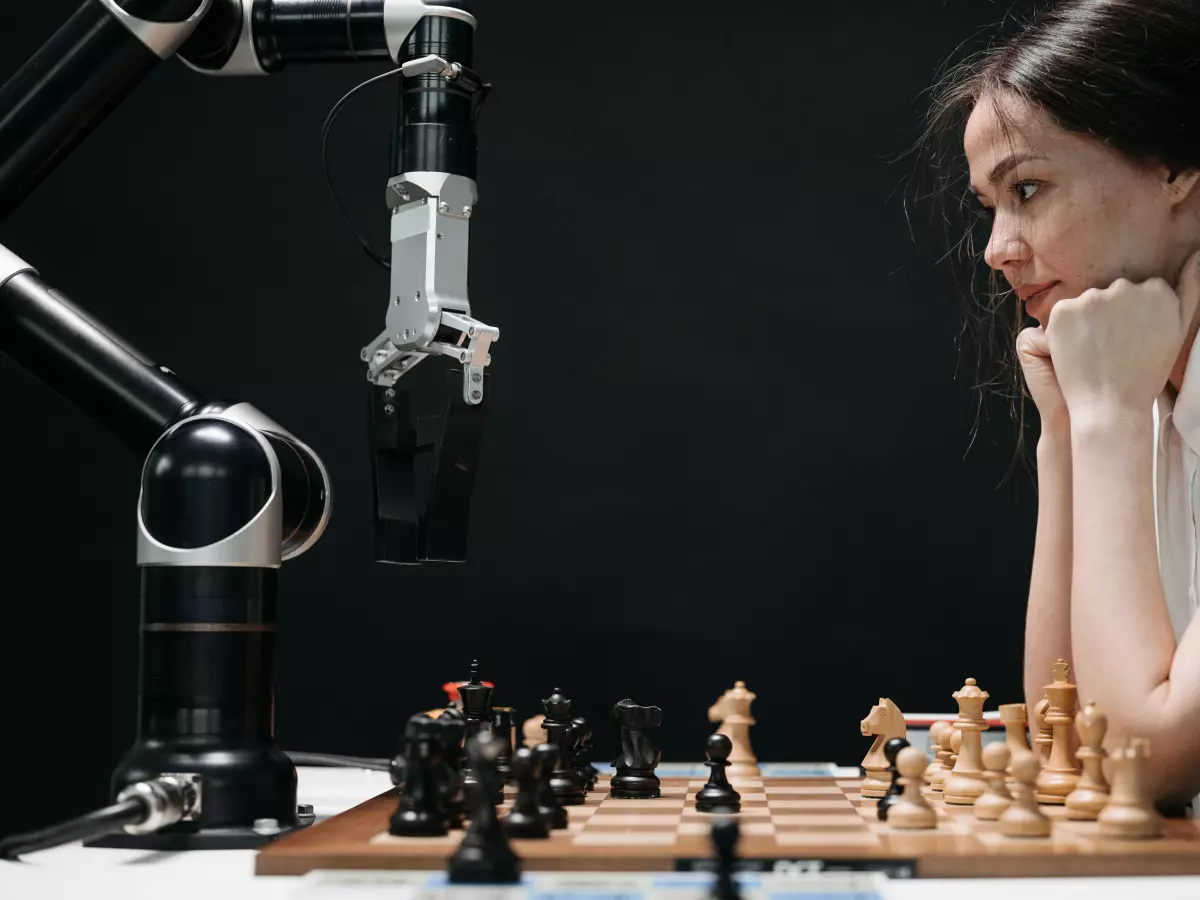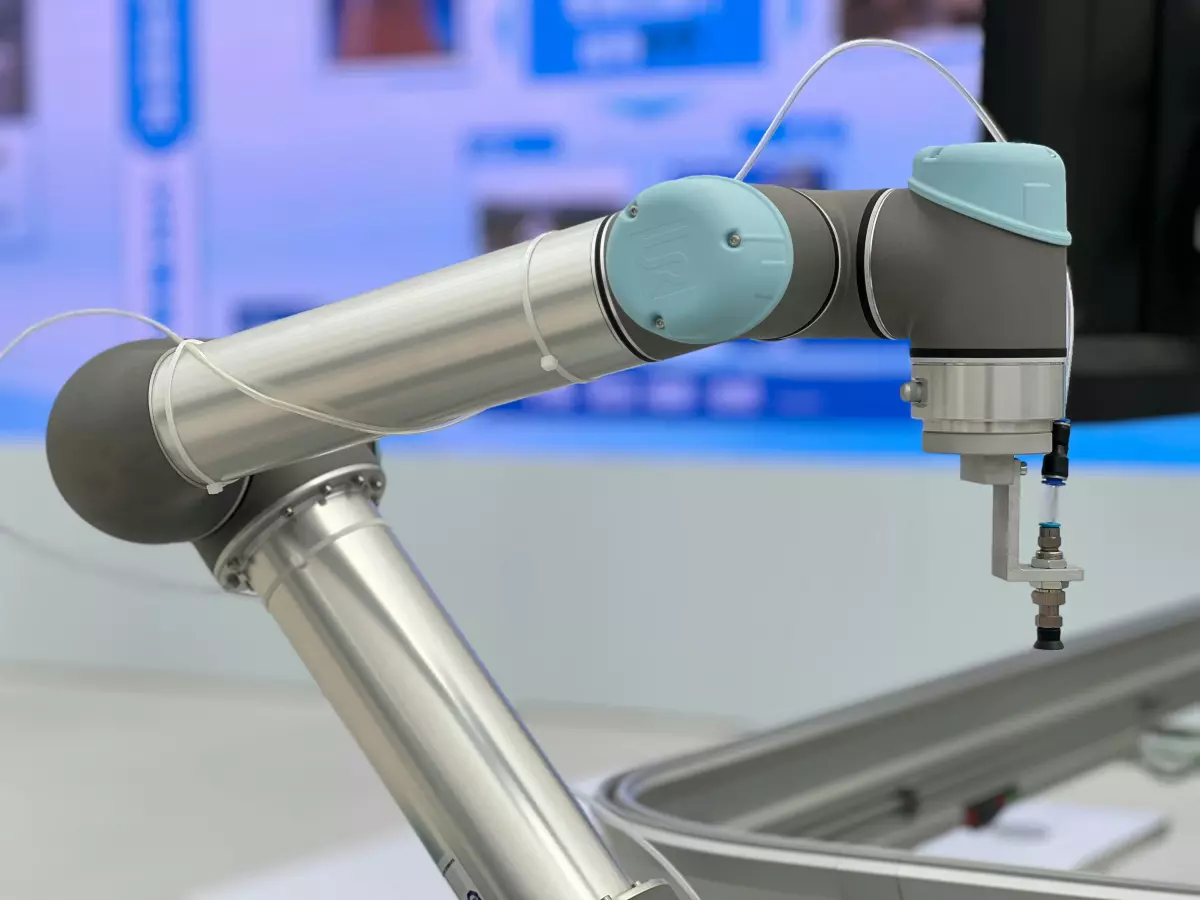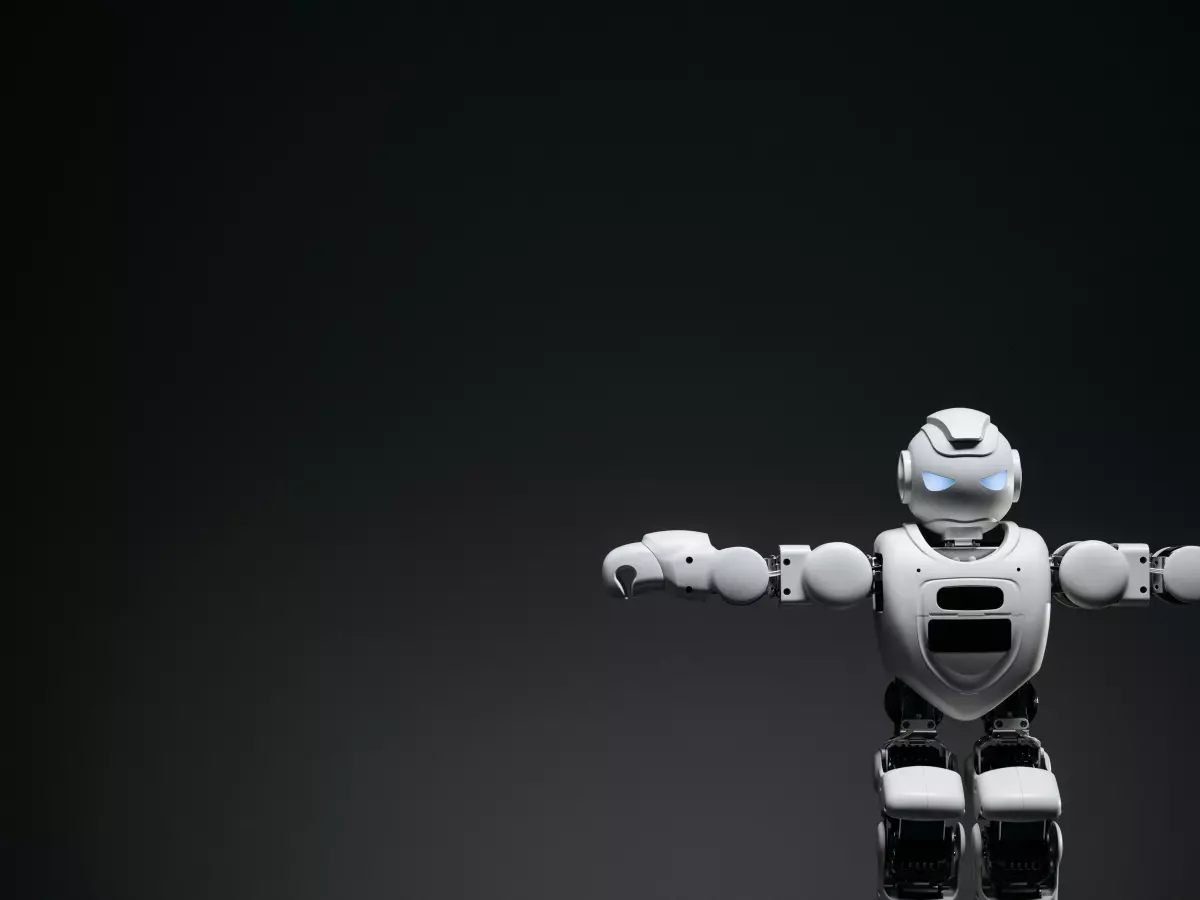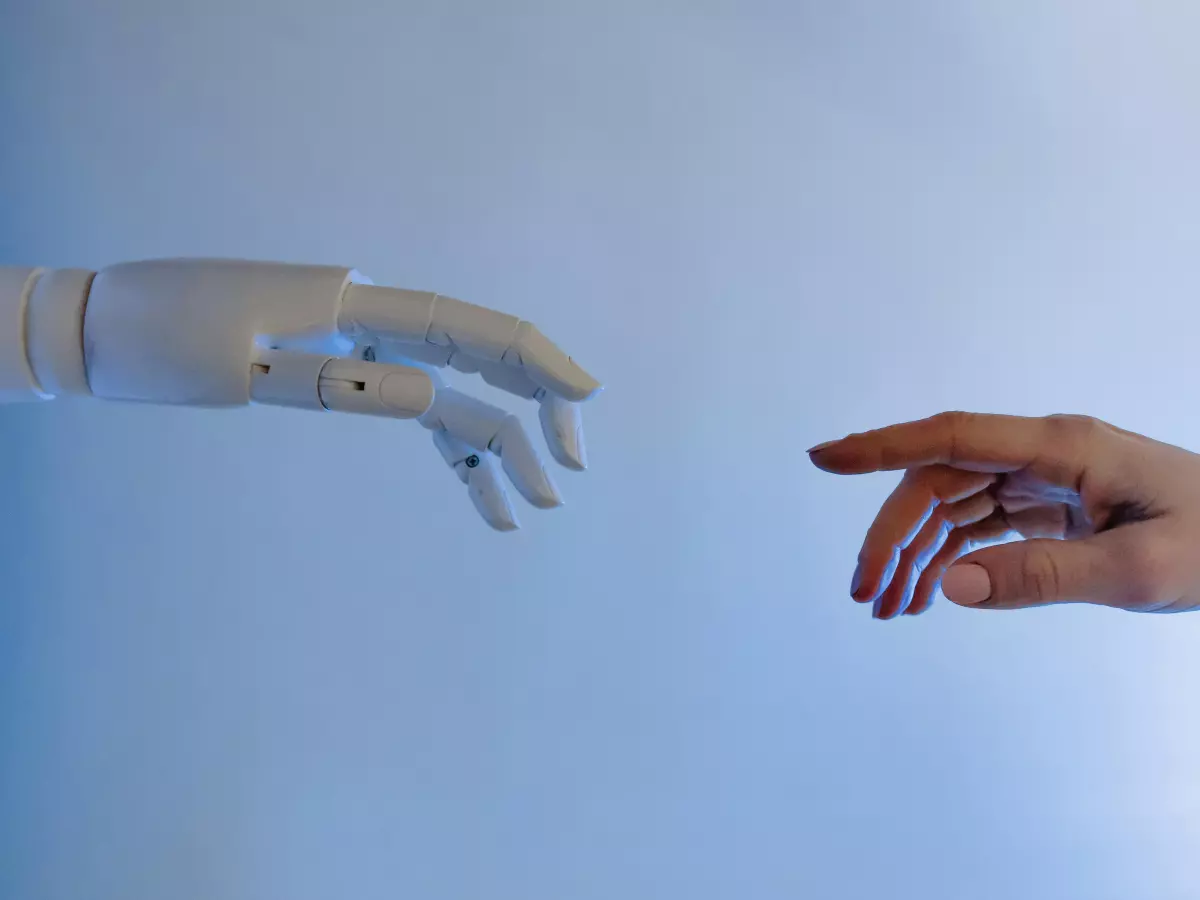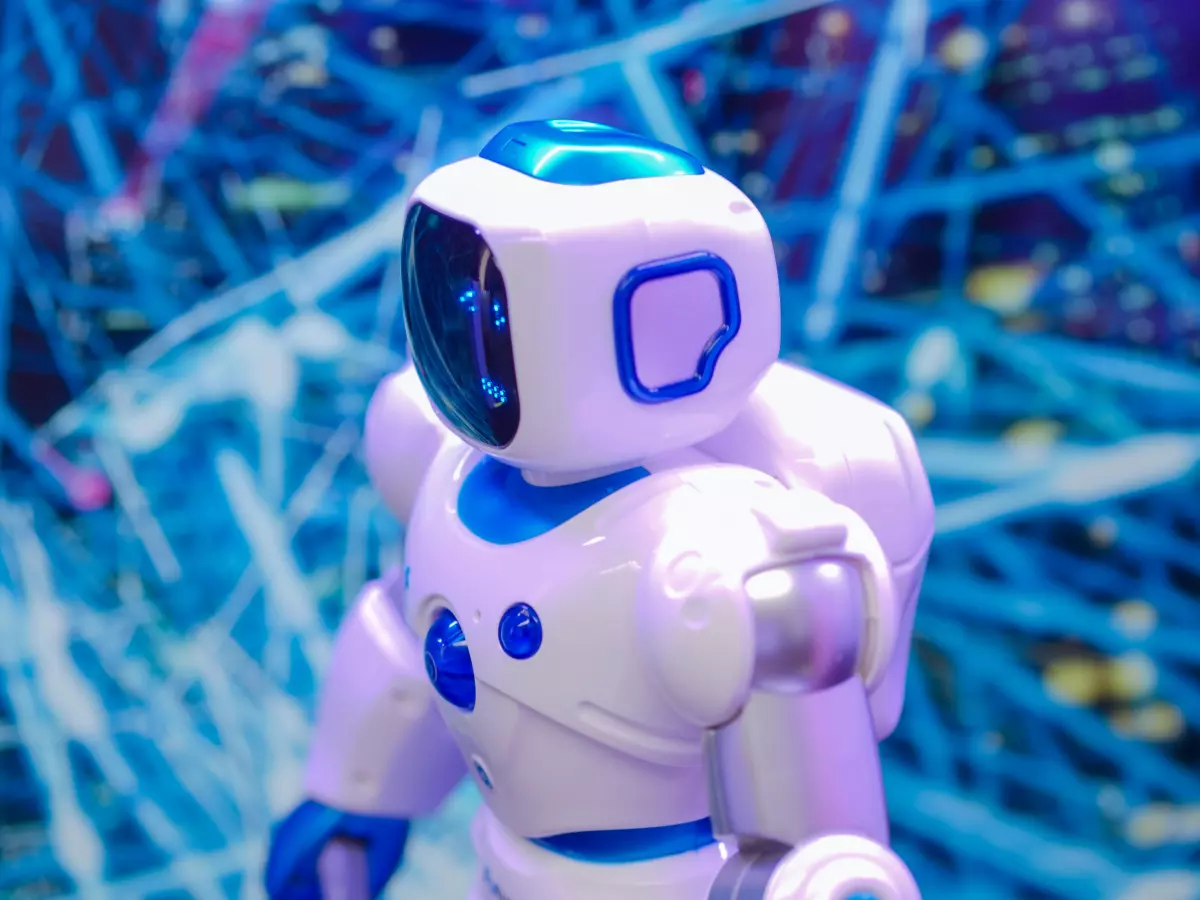AI's Next Frontier
Think of Nvidia's AI-driven robotics ambitions like a high-stakes poker game. The company has already won big with its AI chips, but now it's pushing all its chips to the center of the table, betting on a new hand: AI-driven robotics. The question is, will this next move be a jackpot or a bust?
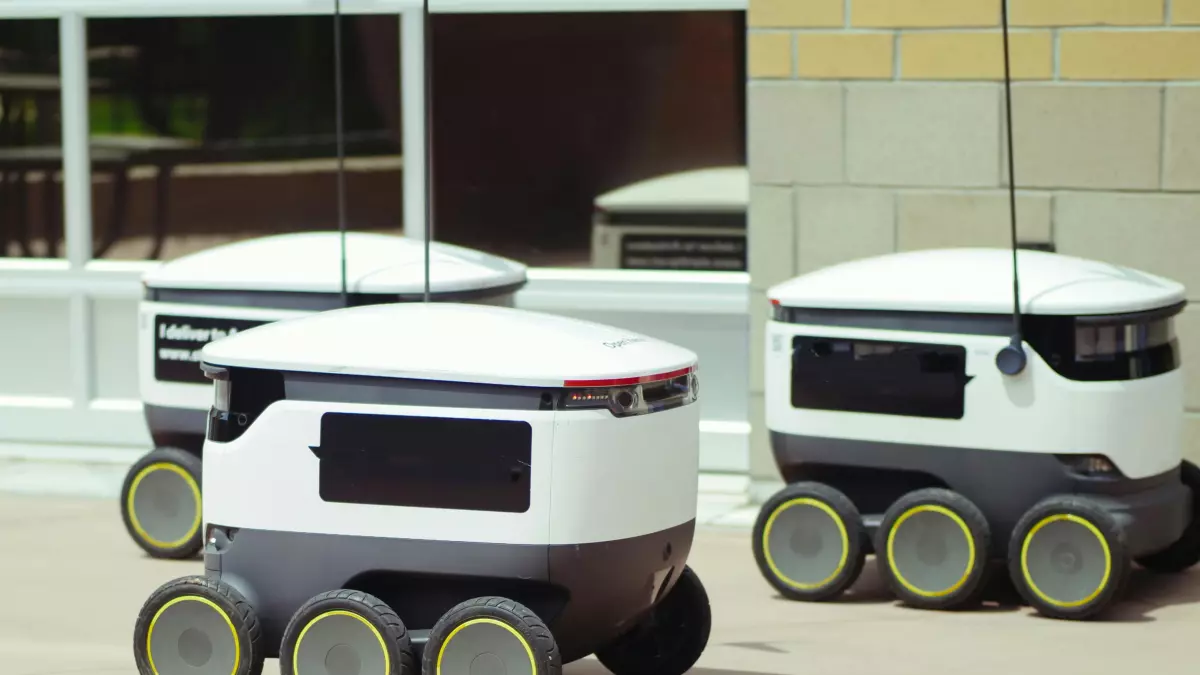
By Hiroshi Tanaka
Nvidia has become synonymous with AI, and its meteoric rise to a trillion-dollar valuation is proof of that. The company’s GPUs are the backbone of AI models, powering everything from ChatGPT to self-driving cars. But now, Nvidia is setting its sights on something even more complex: AI-driven robotics. According to Business Insider, Nvidia’s CEO Jensen Huang has a vision that goes beyond just chips. He wants to revolutionize how machines think, move, and interact with the world.
But here’s the catch: AI-driven robotics isn’t just a walk in the park. It’s more like trying to solve a Rubik’s cube while blindfolded. Sure, Nvidia has the computational power to handle the AI side of things, but robotics introduces a whole new set of challenges. You’re not just dealing with data and algorithms anymore; you’re dealing with the physical world, where things are messy, unpredictable, and full of surprises.
Let’s break it down. First, there’s the hardware. Robots need sensors, actuators, and a whole lot of mechanical engineering to function properly. Nvidia’s expertise lies in software and chips, not in building physical robots. That means the company will need to partner with or acquire companies that specialize in robotics hardware. And partnerships? Well, they can be tricky. It’s like trying to dance with someone who has a completely different rhythm.
Then there’s the issue of real-time decision-making. AI models can process vast amounts of data, but robots need to make split-second decisions in real-world environments. Imagine a robot trying to navigate a crowded street. It needs to avoid obstacles, predict human behavior, and adapt to changing conditions—all in real-time. That’s a whole different ballgame compared to training an AI model in a controlled environment.
And let’s not forget the market. While AI chips are in high demand, the market for AI-driven robotics is still in its infancy. Sure, there’s potential, but it’s going to take time for industries to adopt these technologies on a large scale. Nvidia is essentially betting on a future that doesn’t fully exist yet. It’s like building a rocket ship before you know if there’s even a planet to land on.
So, can Nvidia replicate its AI success in the world of robotics? It’s possible, but it’s not going to be easy. The company will need to navigate technical challenges, form strategic partnerships, and convince industries to adopt its vision. But if there’s one thing we’ve learned from Nvidia’s rise, it’s that the company knows how to play the long game.
In the end, Nvidia’s bet on AI-driven robotics is a bold one, but it’s not without risks. The company has the resources and the vision, but it will need to overcome significant hurdles to make this dream a reality. If it can pull it off, though, Nvidia could once again redefine the tech landscape—just like it did with AI chips.
So, what’s the solution? For Nvidia, it’s all about patience and partnerships. The company will need to invest in the right hardware partners, refine its AI models for real-world applications, and slowly build the market for AI-driven robotics. It’s a long road ahead, but if anyone can do it, it’s Nvidia.
